1. Definition of Cork Leather
"Cork leather" is an innovative, vegan, and environmentally friendly material. It's not real animal leather, but a man-made material made primarily from cork, with the look and feel of leather. This material is not only environmentally friendly but also offers excellent durability and aesthetic appeal.
2. Core Material: Cork
Main Source: Cork primarily comes from the bark of the Quercus variabilis (also known as the cork oak) tree. This tree grows primarily in the Mediterranean region, particularly Portugal.
Sustainability: Harvesting cork bark is a sustainable process. The bark can be carefully hand-stripped every 9-12 years without harming the tree itself (the bark regenerates), making cork a renewable resource.
3. Production Process
The production process of cork leather is generally as follows:
Bark Harvesting and Stabilization
The outer bark is carefully stripped from the cork oak tree. This process requires specialized techniques and tools to ensure the integrity of the bark and the health of the tree.
Boiling and Air-Drying
The harvested cork bark is boiled to remove impurities, increase elasticity, and smooth the bark. After boiling, the bark needs to be air-dried for a long time to stabilize its moisture content and ensure smooth subsequent processing.
Slicing or Crushing
Flake method: The treated cork block is sliced into very thin slices (usually 0.4 mm to 1 mm thick). This is the more common method and better displays the natural grain of the cork.
Pellet method: The cork is crushed into fine particles. This method is suitable for applications requiring greater flexibility and a specific grain.
Backing Material Preparation
Prepare a fabric backing (usually cotton, polyester, or a blend). This backing material adds strength and durability to the cork leather.
Laminating and Processing
The sliced or crushed cork is then laminated to the backing material using an adhesive. The adhesive should be selected based on environmental and safety considerations.
The laminated material undergoes further processing, such as embossing and dyeing, to achieve the desired appearance and texture.
Summary
Cork leather is an innovative, vegan, and environmentally friendly material primarily made from the bark of the cork oak tree. The production process includes harvesting the bark, boiling and air-drying it, slicing or pulverizing it, preparing the backing material, and laminating it. This material not only has the look and feel of leather but is also sustainable and environmentally friendly.
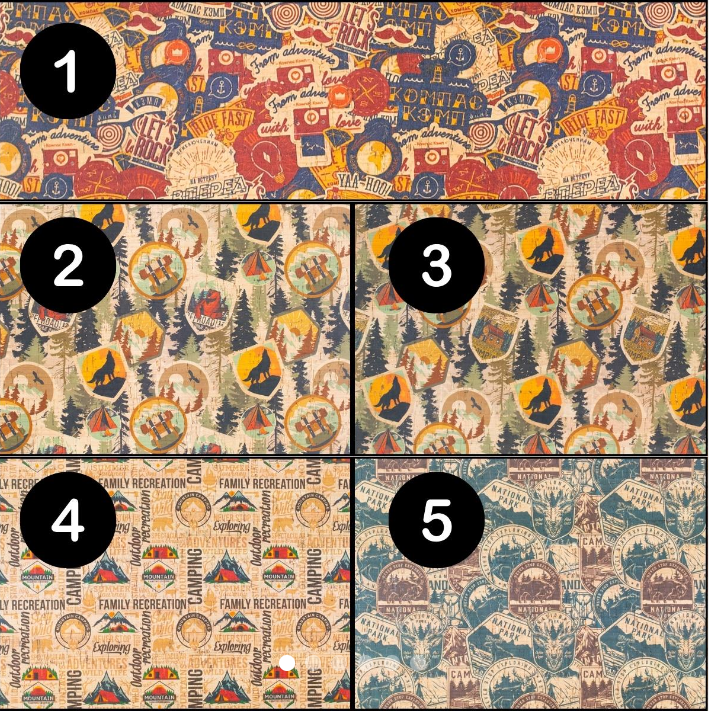
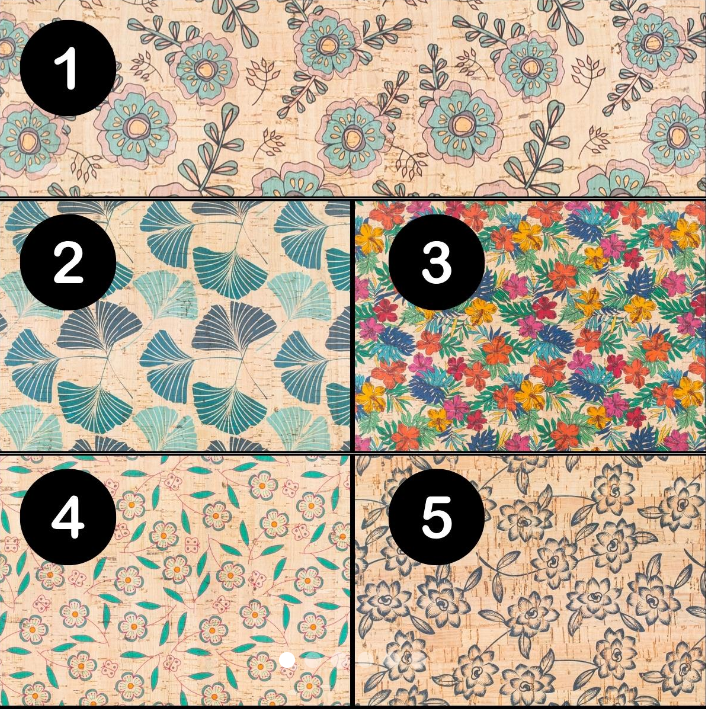
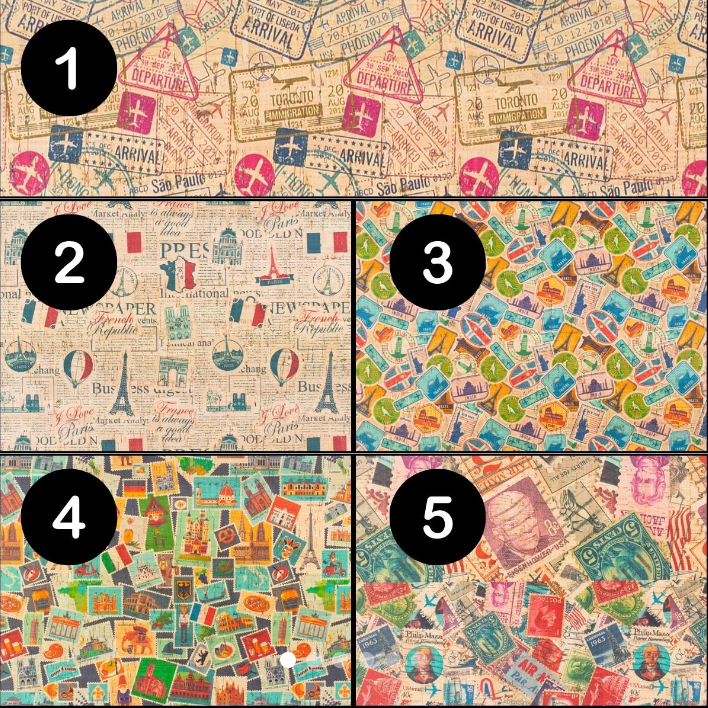
Products and Characteristics of Cork Leather
1. Products
Handbags: Cork leather's durability and lightness make it ideal for handbags.
Shoes: Its naturally waterproof, lightweight, and durable properties make it suitable for a variety of shoes.
Watches: Cork leather watch straps are lightweight, comfortable, and have a unique texture.
Yoga Mats: Cork leather's natural non-slip properties make it an excellent material for yoga mats.
Wall Decorations: Cork leather's natural texture and aesthetic appeal make it suitable for wall decoration.
2. Characteristics of Cork Leather
Waterproof and Durable: Cork is naturally waterproof and extremely durable, resisting damage.
Lightweight and Easy to Maintain: Cork leather is lightweight, easy to clean, and easy to maintain, making it suitable for everyday use. Unique Beauty: Cork leather's natural grain and unique texture make it highly sought after in the high-end fashion market.
Eco-Friendly and Renewable: Made from the bark of the cork oak tree, it is recyclable and sustainable, aligning with the concept of sustainable development.
Comfortable and Soft: Lightweight, flexible, and pleasant to the touch.
Soundproof and Heat-Insulating: Its porous structure effectively absorbs sound, providing excellent sound and heat insulation.
Waterproof and Moisture-Proof: Impermeable to water and air, it offers excellent water and moisture resistance.
Flame Retardant and Insect Resistant: It exhibits excellent flame retardancy, is resistant to ignition, and contains no starch or sugar, making it insect- and ant-resistant.
Durable and Compression-Resistant: It is wear-resistant and compression-resistant, with good resistance to deformation.
Antibacterial and Easy-Clean: Natural ingredients inhibit bacterial growth, and its smooth surface makes it easy to clean.
Beautiful and Natural: Its natural and beautiful grain and subtle color add an elegant touch.
Summary: Due to its unique characteristics and environmentally friendly properties, cork leather has been widely used in the fashion industry. Key products include handbags, shoes, watches, yoga mats, and wall decorations. These products are not only beautiful and durable, but also in line with the concept of sustainable development.
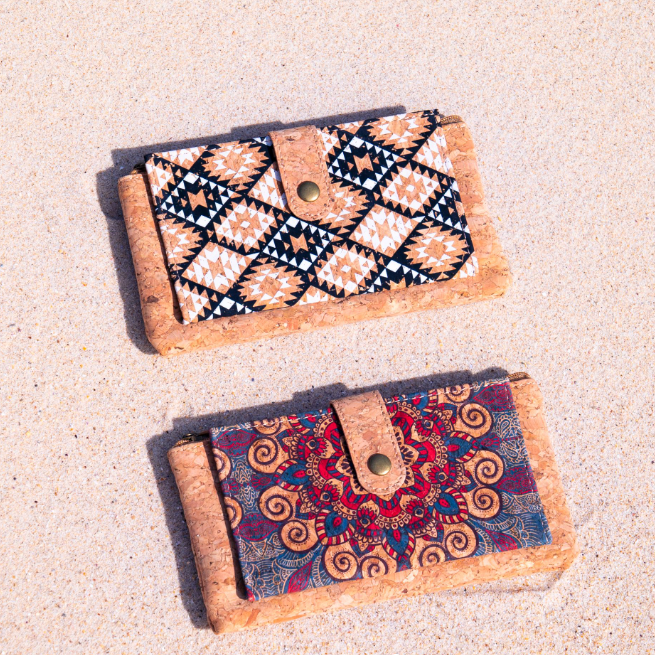
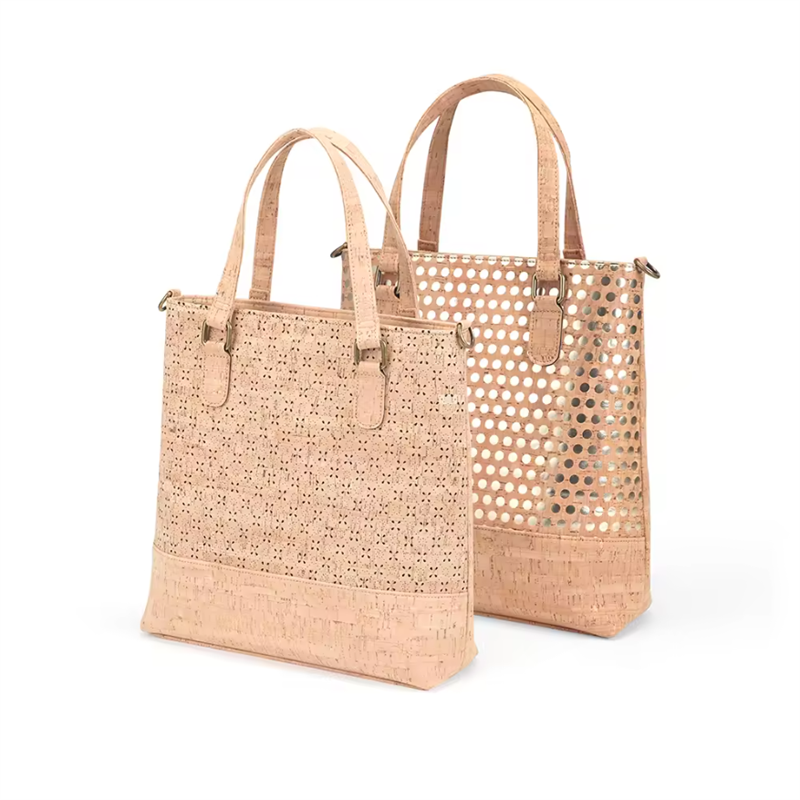

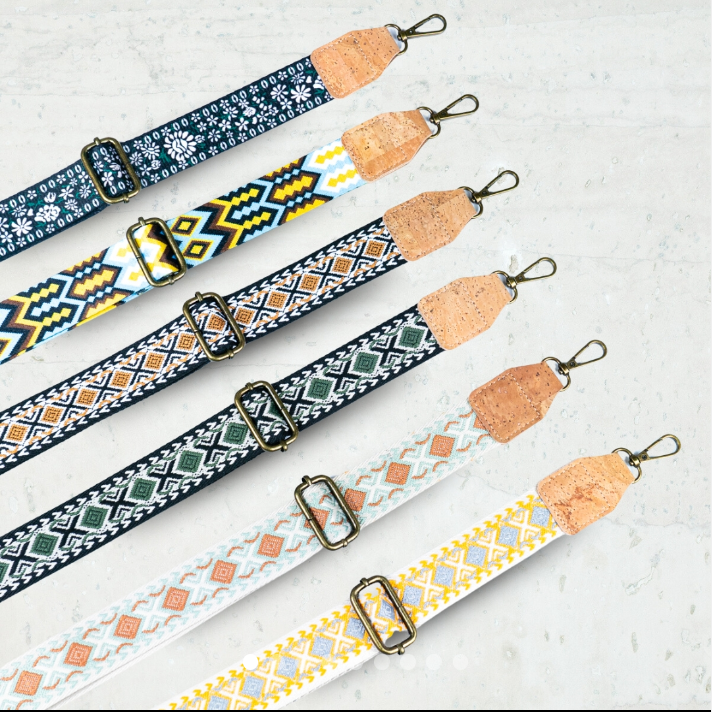
Cork Leather Classification and Characteristics
Classification by Processing
Natural cork leather: Processed directly from the bark of the cork oak tree, it retains its natural grain and texture, is environmentally friendly and pollution-free, and has a soft and comfortable touch.
Bonded cork leather: Made by pressing cork granules with an adhesive, it offers high strength and excellent wear resistance, making it suitable for applications requiring high durability.
Baked cork leather: Made from natural cork waste that is crushed, compressed, and baked, it has excellent thermal insulation properties and is commonly used in construction and industry.
Classification by Application
Footwear cork leather: Used for soles and insoles, it is soft and flexible, providing a good feel and shock absorption, making it suitable for long-term wear.
Home decor cork leather: Used in cork flooring, wall panels, etc., it offers sound insulation, heat insulation, and moisture resistance, enhancing living comfort.
Industrial cork leather: Used in gaskets and insulation materials, it is chemically resistant and suitable for various industrial environments. Classification by Surface Treatment
Coated cork leather: The surface is coated with varnish or pigmented paint to enhance aesthetics and wear resistance, with varying finishes available, such as high gloss and matte.
PVC-veneered cork leather: The surface is covered with a PVC veneer, offering enhanced waterproof and moisture-proof properties, suitable for humid environments.
Uncoated cork leather: Uncoated, retaining its natural texture and offering optimal environmental performance.
Due to its unique properties and diverse classifications, cork leather is widely used in footwear, home decor, industrial applications, and other fields, meeting diverse needs.

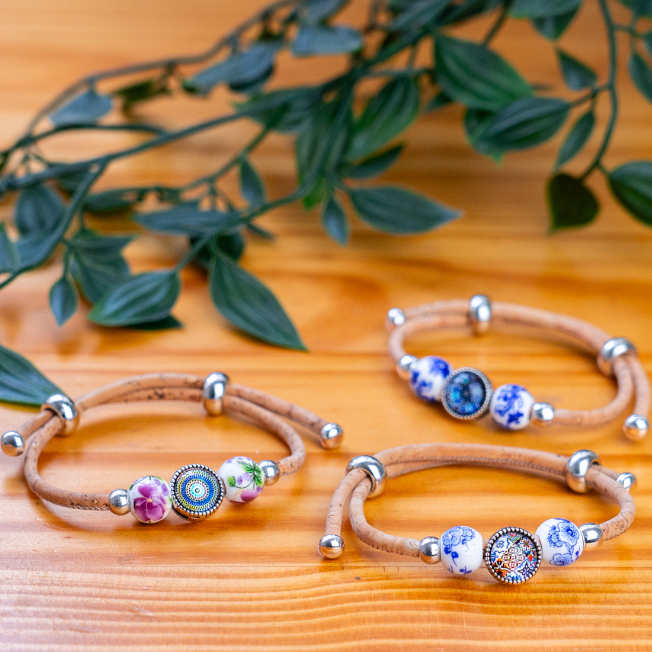
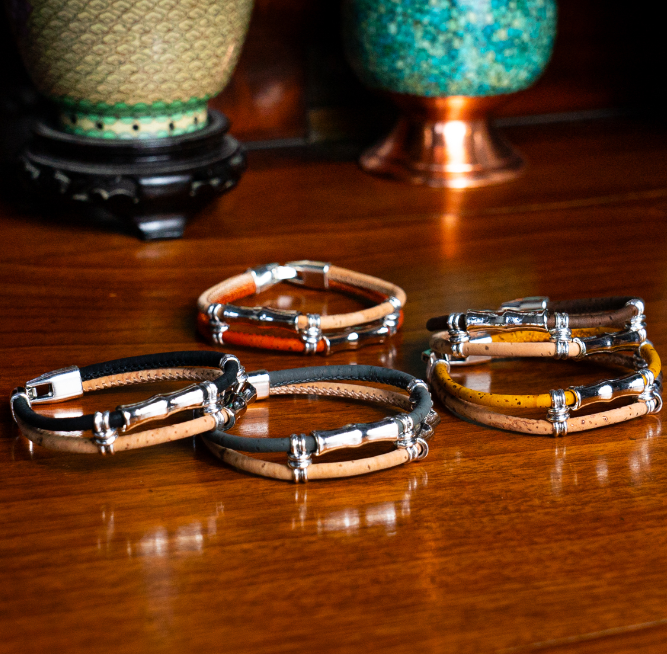
Post time: Aug-04-2025







